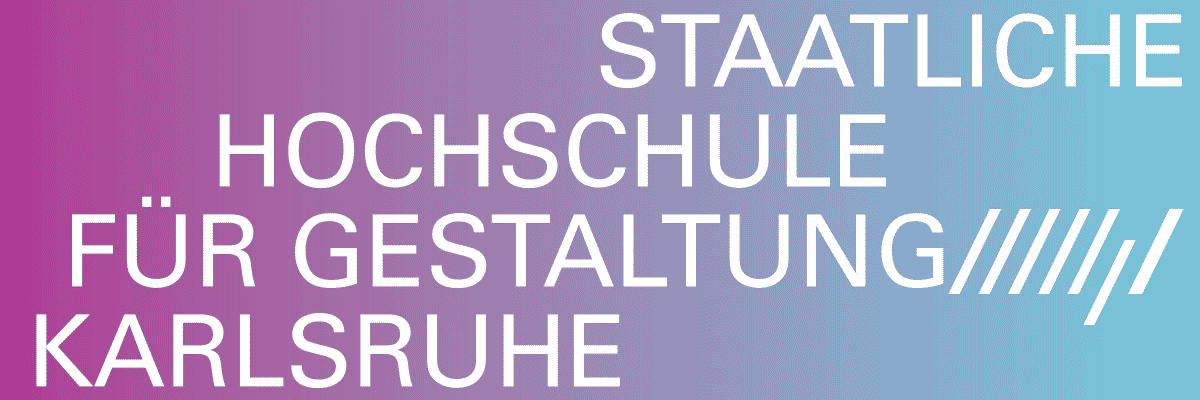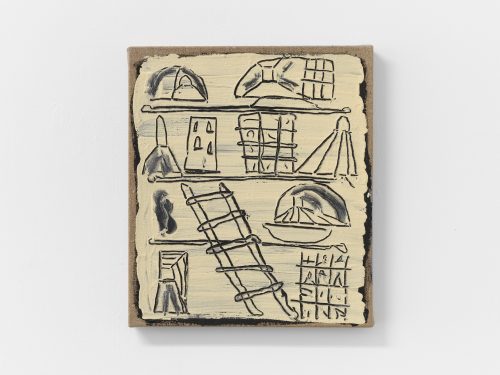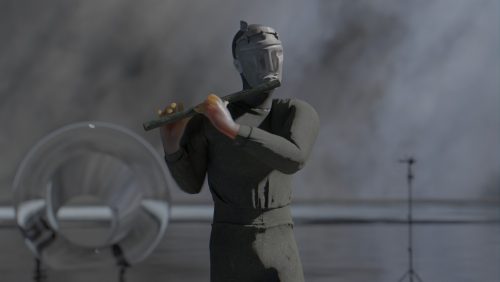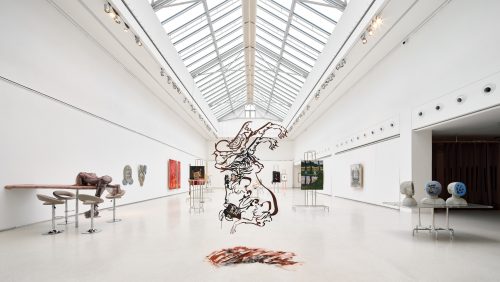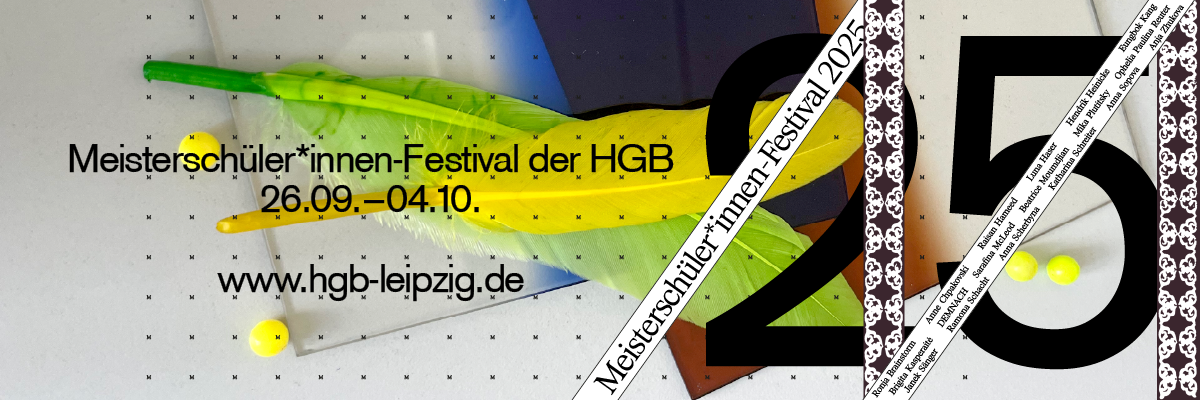
Tom Hardwick-Allan & Stanislava Kovalcikova
halbe sachen
Project Info
- 💙 Galerie Khoshbakht
- 🖤 Tom Hardwick-Allan & Stanislava Kovalcikova
- 💜 George Lynch
- 💛 Mareike Tocha
Share on
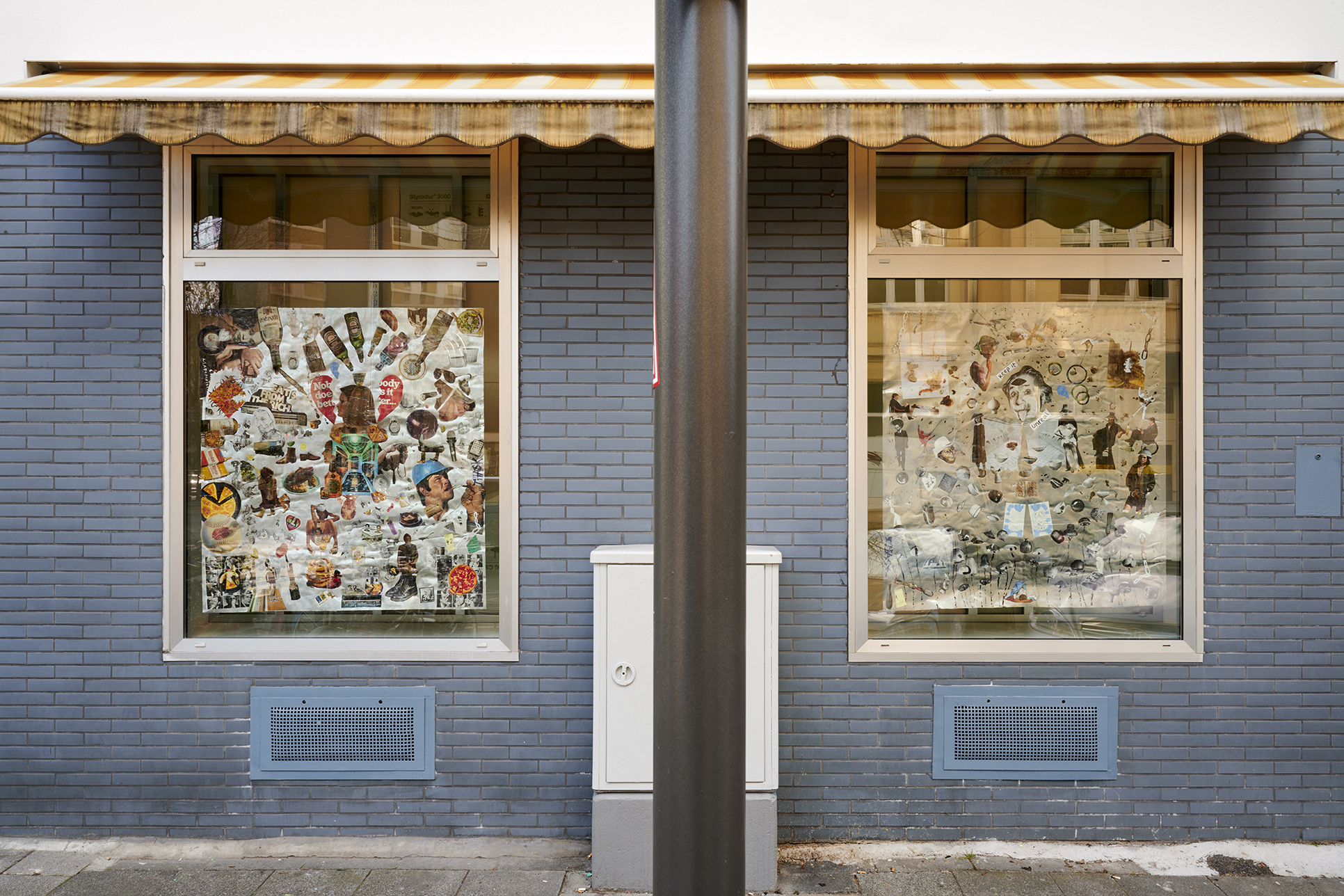
Advertisement
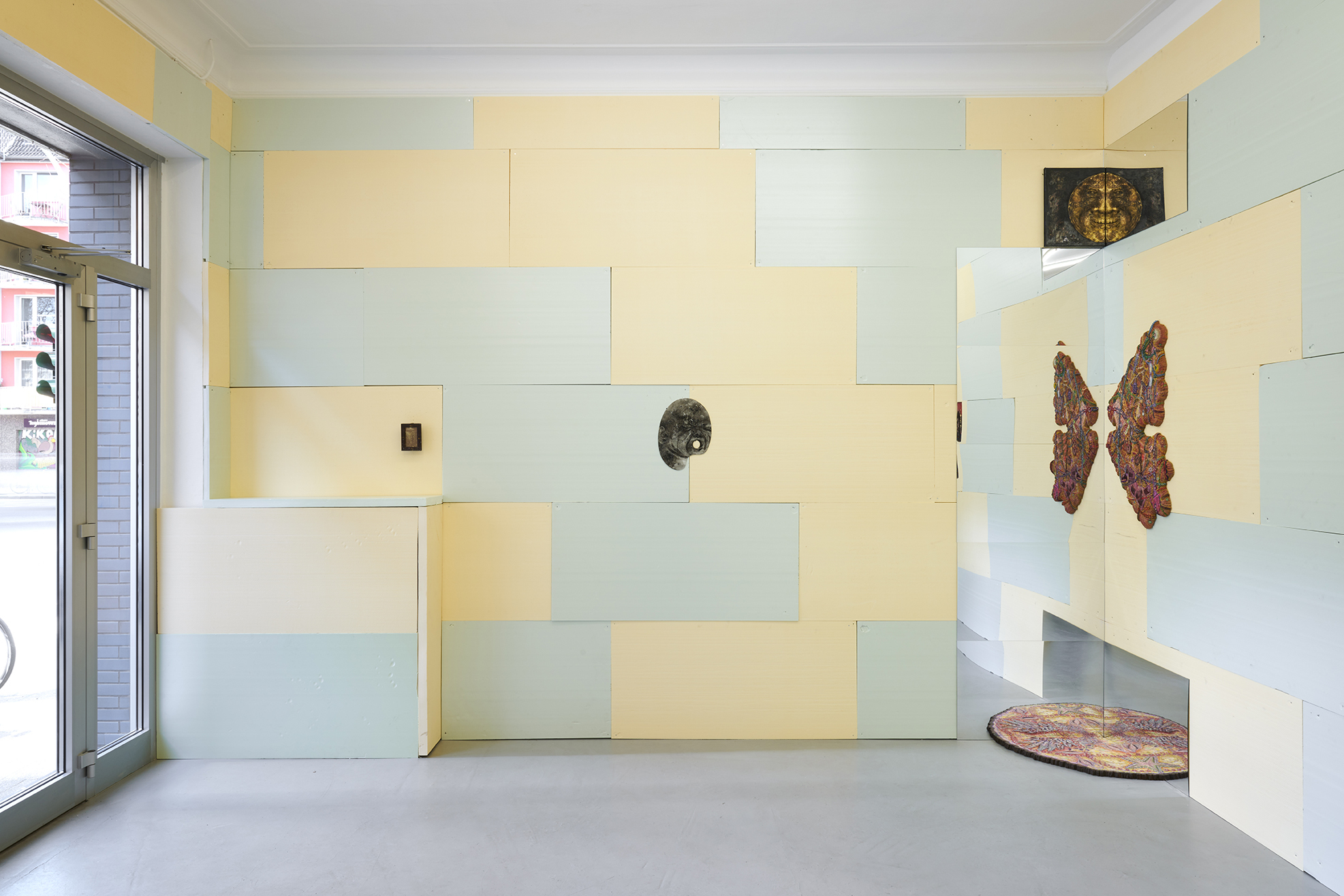
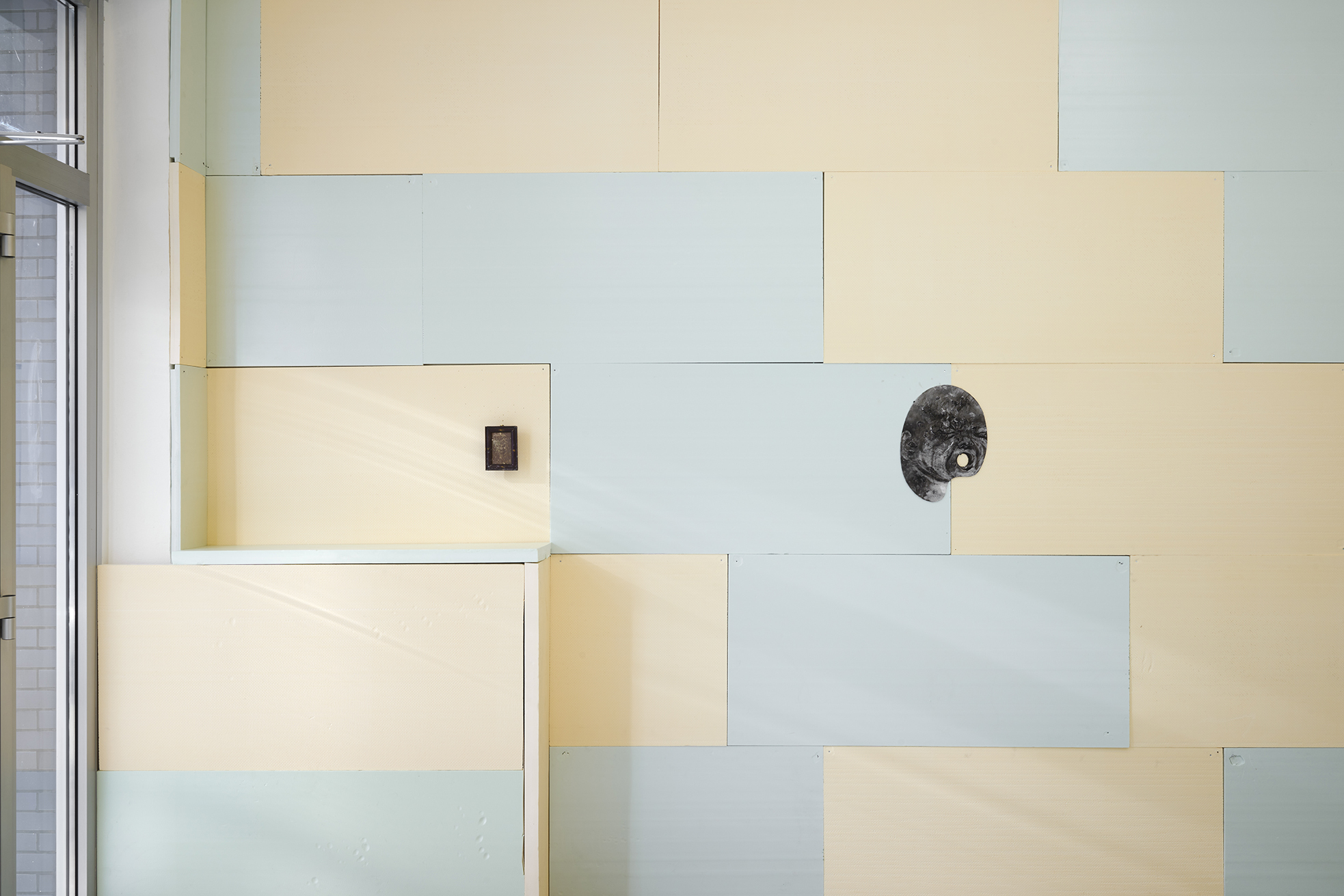
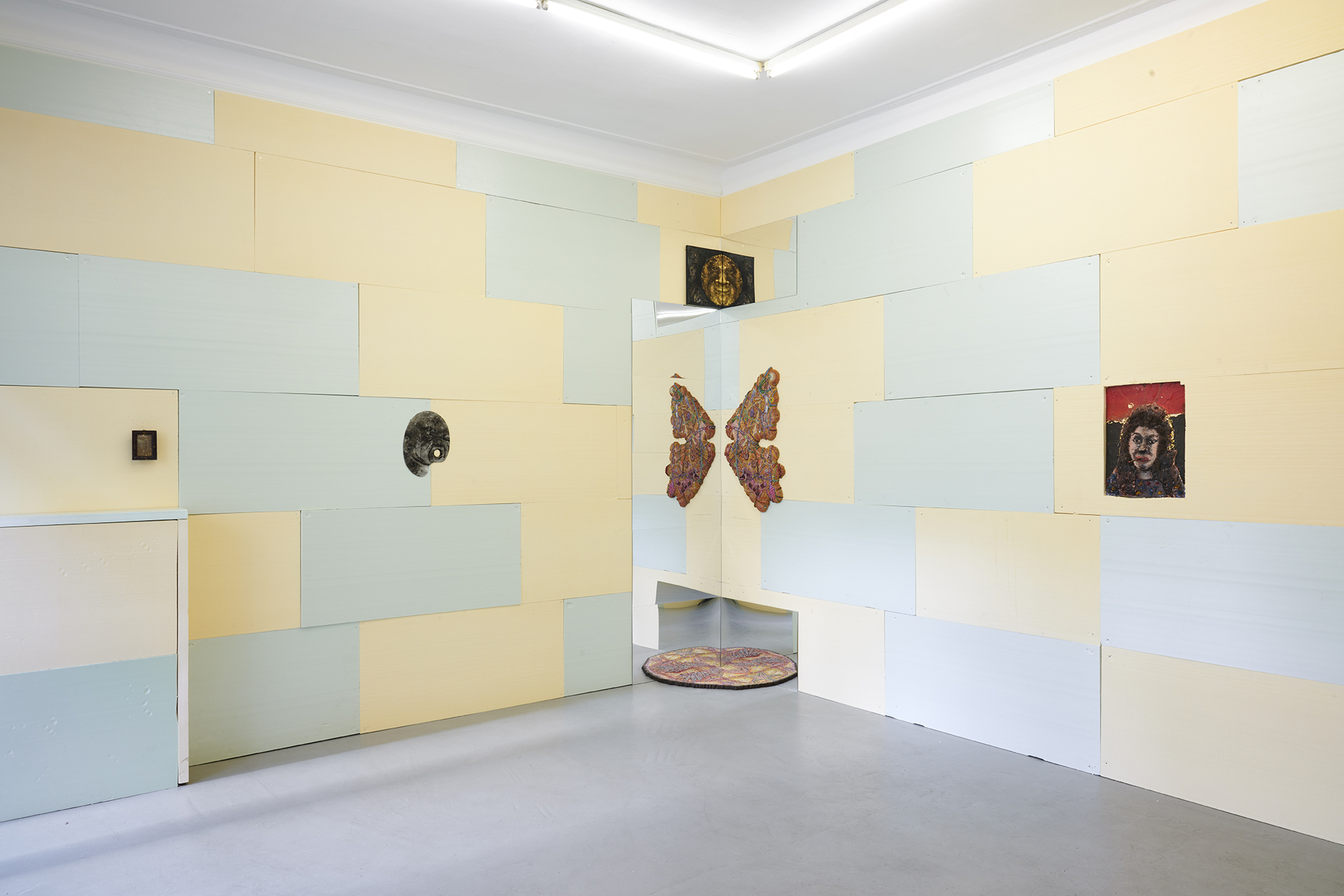
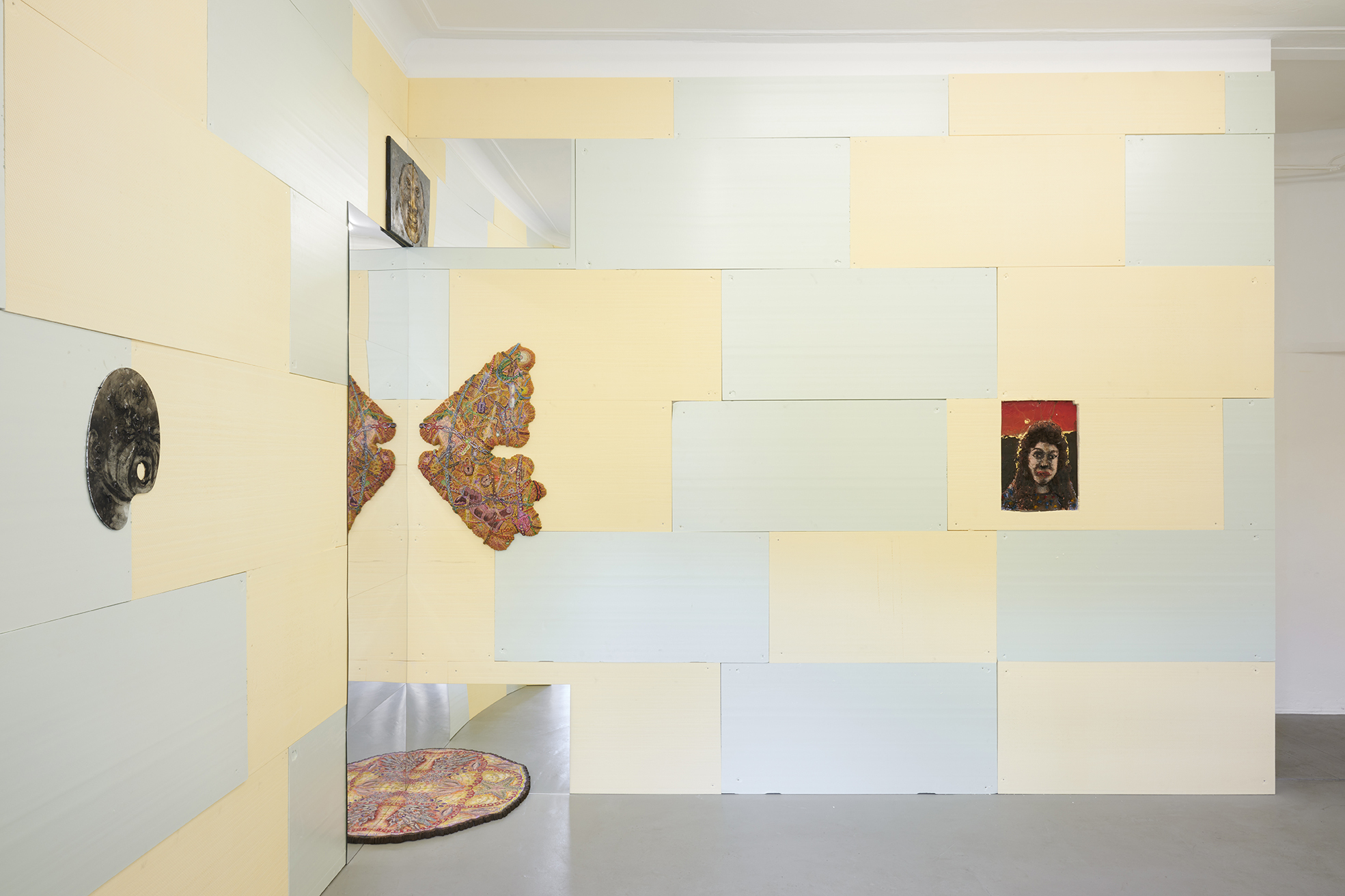
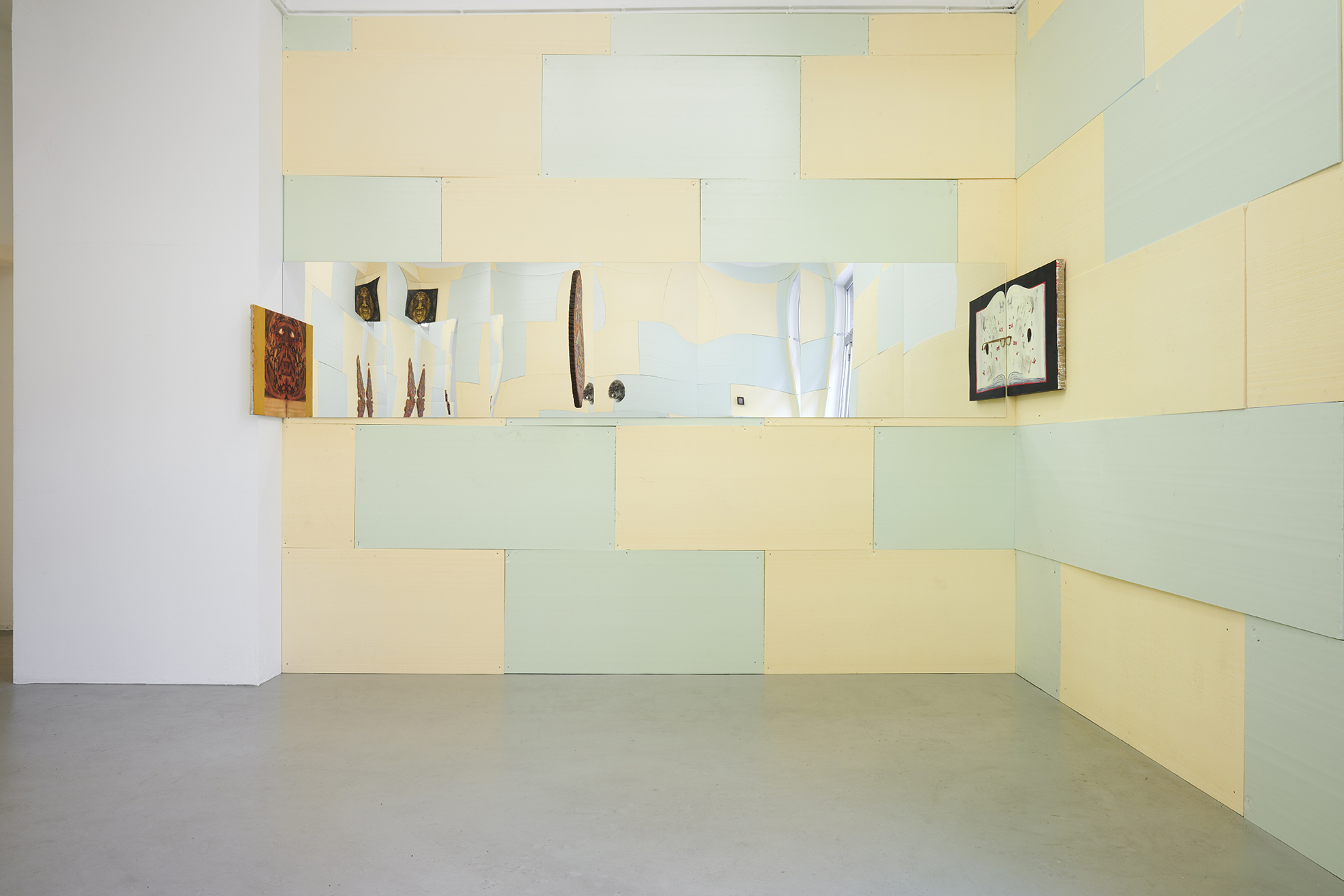
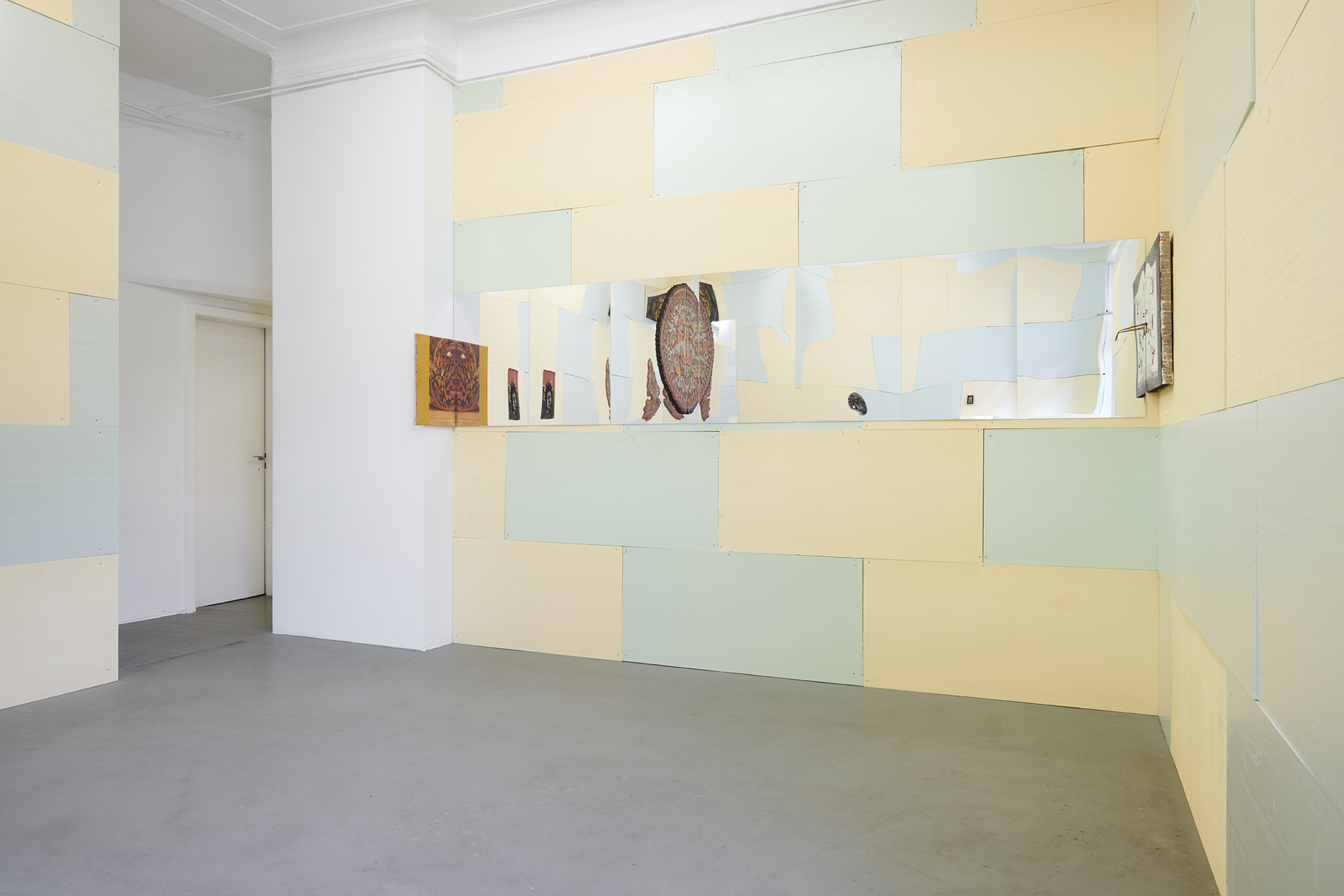
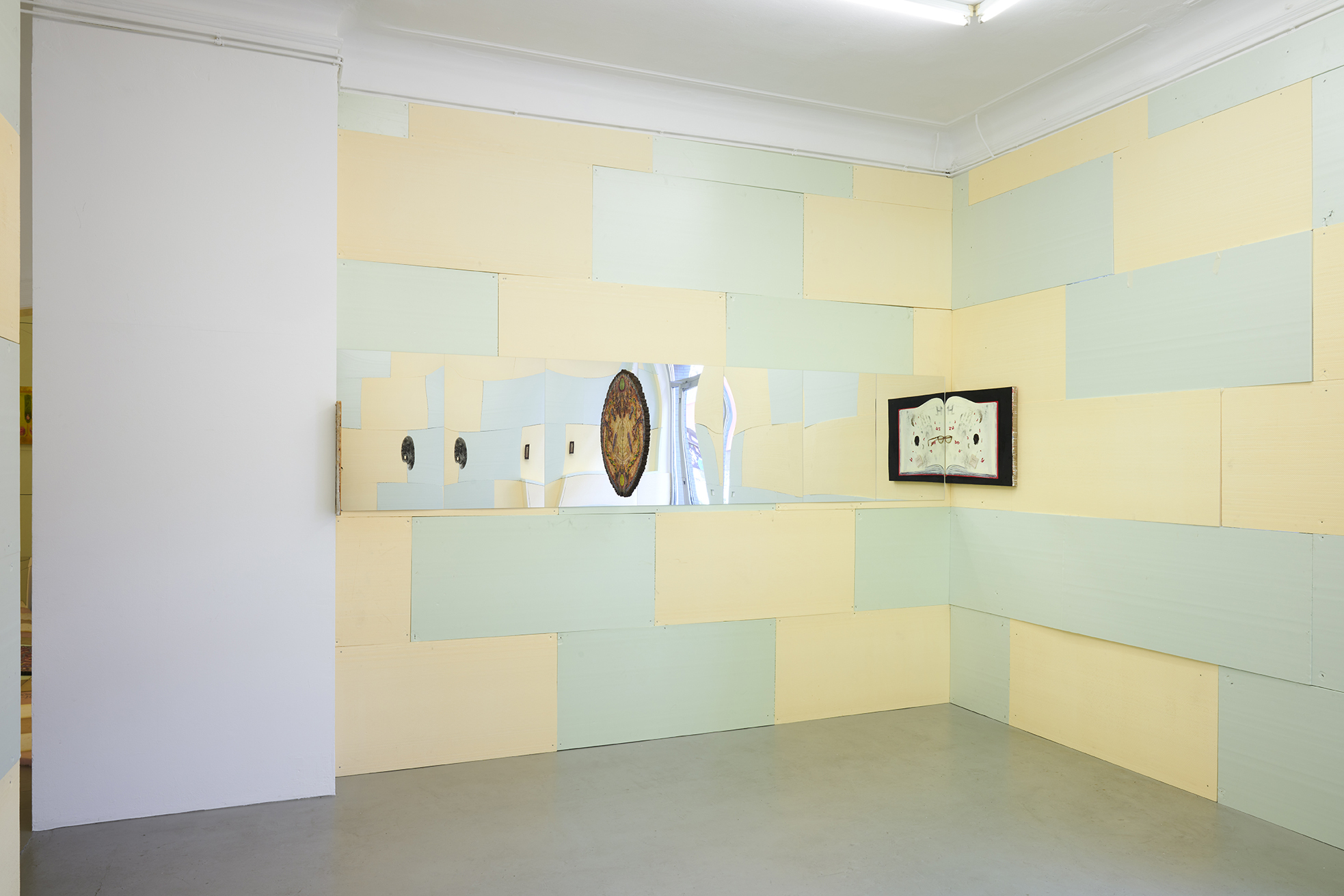
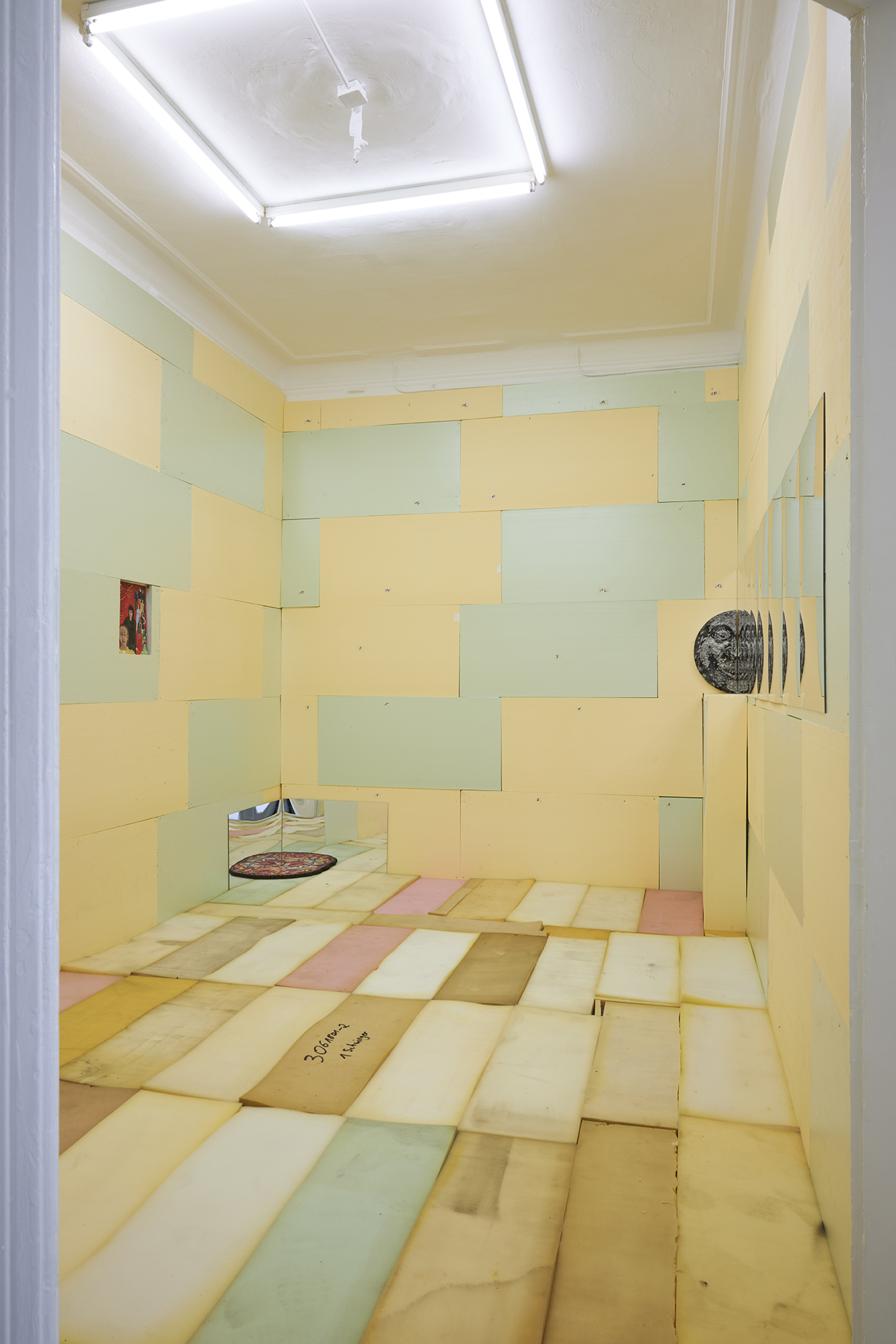
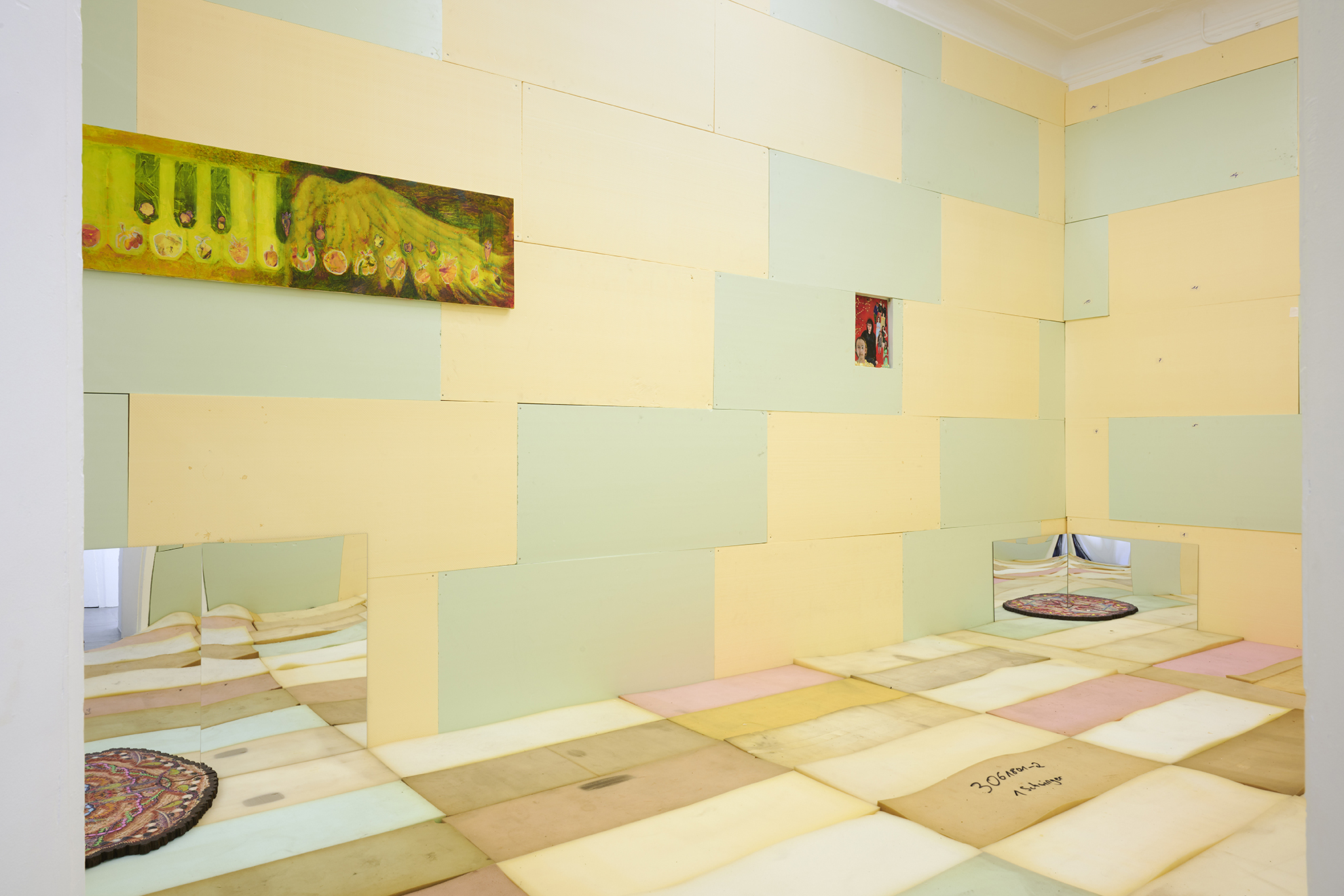
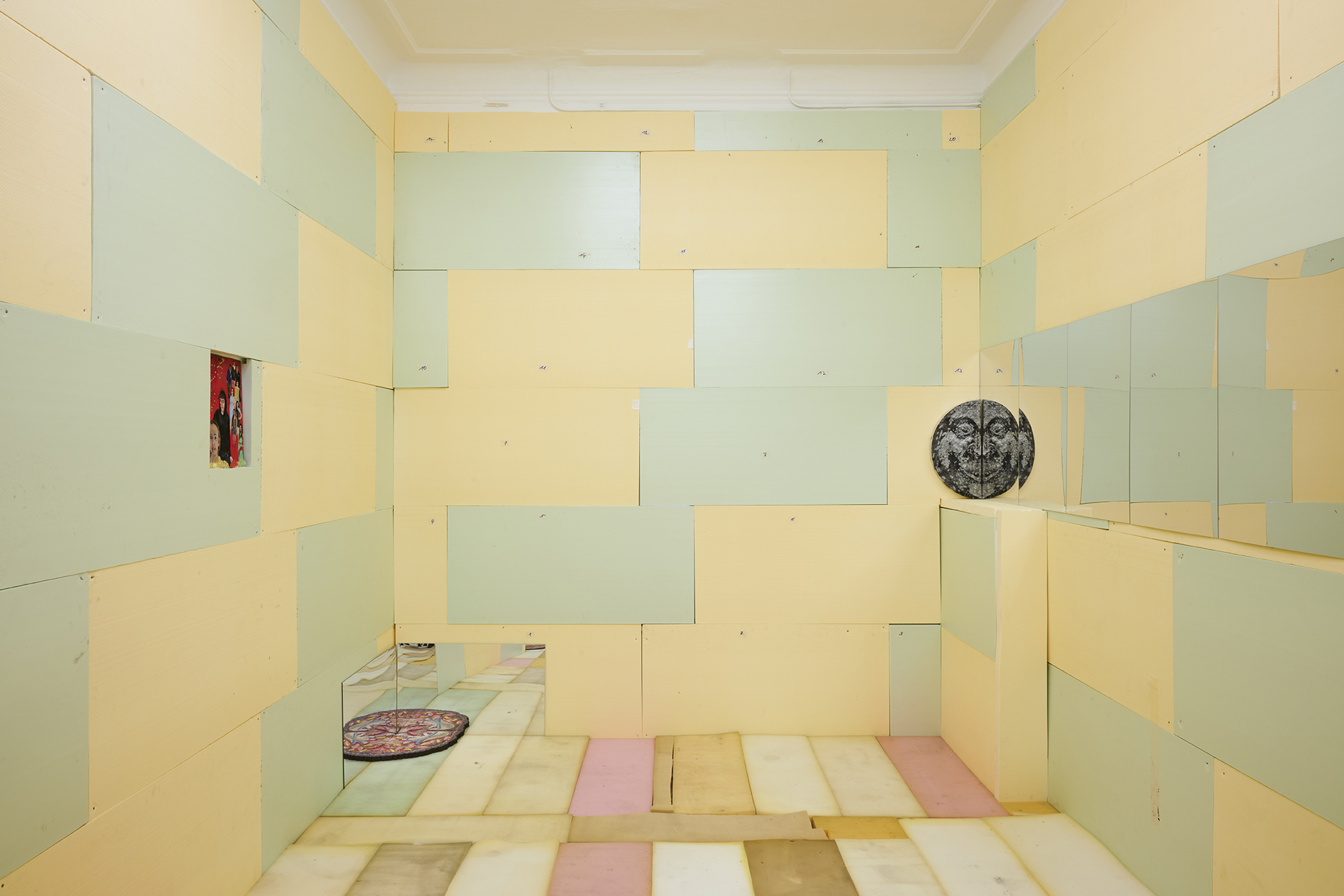
One Way To Teach Is To Act Like You’re Learning
The teacher stays late after the school-day’s end to do administrative work. Actually she is biding time because her teacher’s workday ends earlier than most adults’, and, this evening, after work, she and a stranger are going on a date. For a drink. Her drink order is always G+T single and has never changed. They are going to meet at 7. She has makeup that is old. Dusk comes outside the classroom. It’s winter so dusk comes early. It’s winter – January and cold. In the place where the light disappears, along that seam, there’s a road aglow with cars going to or leaving home. Most cars made in the last five years are silver or black and strangely similar in shape. As though it makes something easier. It may. They have tinted windows and sunroofs, and then there are vans and lorries and motorbikes. Red, red sunset.
Beside her desk there is a window. When she feels frustrated she looks out the window. When she’s thinking. During the school day, while the children get on with tasks. While the children get on with their tasks – the tasks she tailors and crafts and makes them – she has windows of time she’s never, in all these years, fully figured out how to use. Seven minutes. Twenty five. Fifteen. They might need her help at four or eleven – at any time. Her desk like theirs is grey, they face her and she faces them. There’s a lonely feeling in those windows. For her. She feels lonely. While the children do these tasks, go on these journeys, through the tasks, to learn these things – so wonderful – she already knows. She’s done all that learning. When she feels lonely she looks out the window. There is a tree. In the tree, level with the window, there’s something that looks like a face. A face that could be just the way the break broke, when a branch was too heavy or too weak and left the tree behind – could just be the patterning of knots and stains and cracks and animal consequences, in the one place the tree is debarked, exposed. A branch fell in 2018 – that’s why. That’s why there’s no bark there. Where she sees a face, where it’s a Mona Lisa smile. The one part of the thing’s inside that maybe, in her hoping, seems like the face – she wants to know – but could just as easily be a swatch of thigh or an asshole.
*
You have to hope they might make use of what you gave them. It’s so hard to know what you gave them. So often it seems some of them don’t hear a word you say. It’s hard to cope when they slip away. You don’t get to have the conclusion – learning isn’t like that. It is so rare that anything happens within that short year of you knowing them that confirms that anything registered, anything changed. Some things remain inconclusive. Some things lend their conclusions to other events. There are, of course, desired effects. The children take the story of their transformation away with them when they disappear. The year will end and they will disappear and new students will come. She knows them. It takes discipline to disappear and then come back.
It’s six o’clock and dusk done.
In the playground there’s a pond. The pond, its floor tiled with pennies and stationery, freezes over that night. Frogs and their diseases make their impressions on the icy lid. It’s full of contraband. An aspect of the system is broken and so manually, by hand, the wing mirrors of a particular car are folded flat to let an ambulance pass. Two hands. At once, two hands. One hand is crushed. One ambulance crushes it. Then it wipes the flesh away. One fingernail – only one – is lifted from its bed. The others hang on the bone. Like an X-ray, like a rake – an aerial – like a comb. They are painted. What becomes of the flesh is impossible to say but by the time the ambulance has passed the hand and crushed it its flesh is all wiped. Everything but the bones now broken is just like that just lifted away. The bones are white. Really white. The bones, once crushed, will never re-find quite their shape though they may yet re-find their use to the passenger whose mouth is taking the bite-shaped form that mouths take when they scream. The teacher’s MacBook’s back’s lit apple is covered over with a square of tape on which there is also a glow-in-the-dark star sticker she peeled off one time while marking and then decided the kid could have tried harder and the laptop was just there so she stuck it. There. She is looking at old pictures of herself and psyching herself up for her date.
Another ambulance came up on the other side of the car – the driver’s side – and the driver’s hand cupped the mirror in time and the ambulance judged the distance right and this hand on this mirror on this side, unlike the other, made it through the instant just fine. And there’s a whole half second when the two hands stay there and in the instant before the passenger and then the driver screams, there’s an instant preceding the instant when the two of them are just sat there cupping the mirrors, holding them with their whole hands, when they are intact and pristine and fine, flush with the car, folded flat, and so, because of that – because the two of them’s attention is consumed by the one’s pain and the other’s relief, despite the other mirror in the middle just to the left up above the driver’s seat, they don’t see. From behind, what’s coming – they don’t see.
There are not one, not two, but three pins upright, the next morning, on the teacher’s seat.
George Lynch
